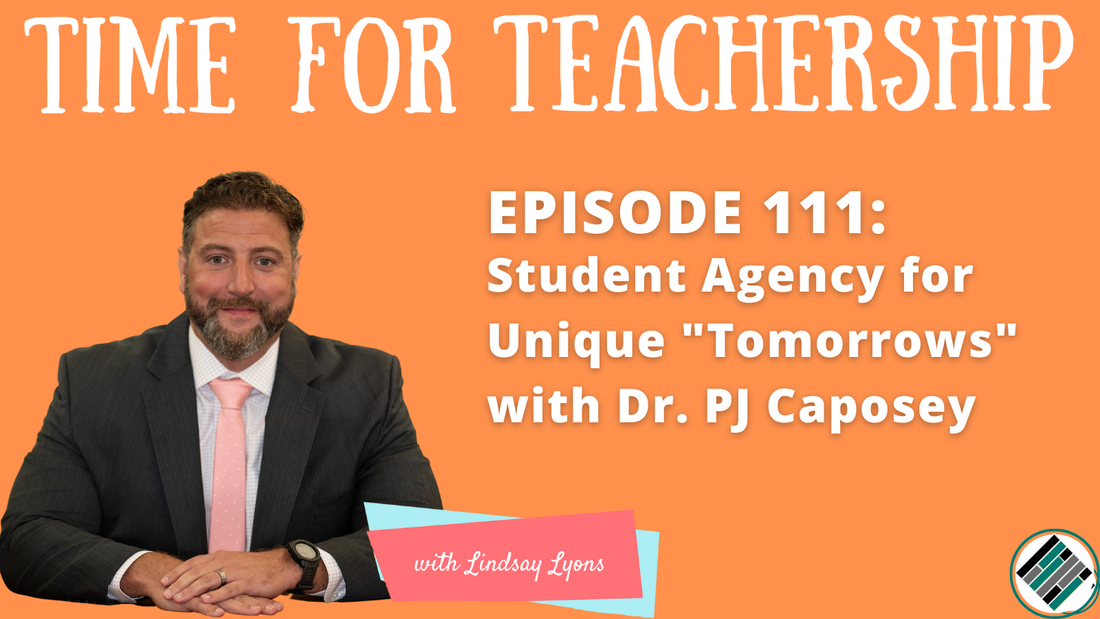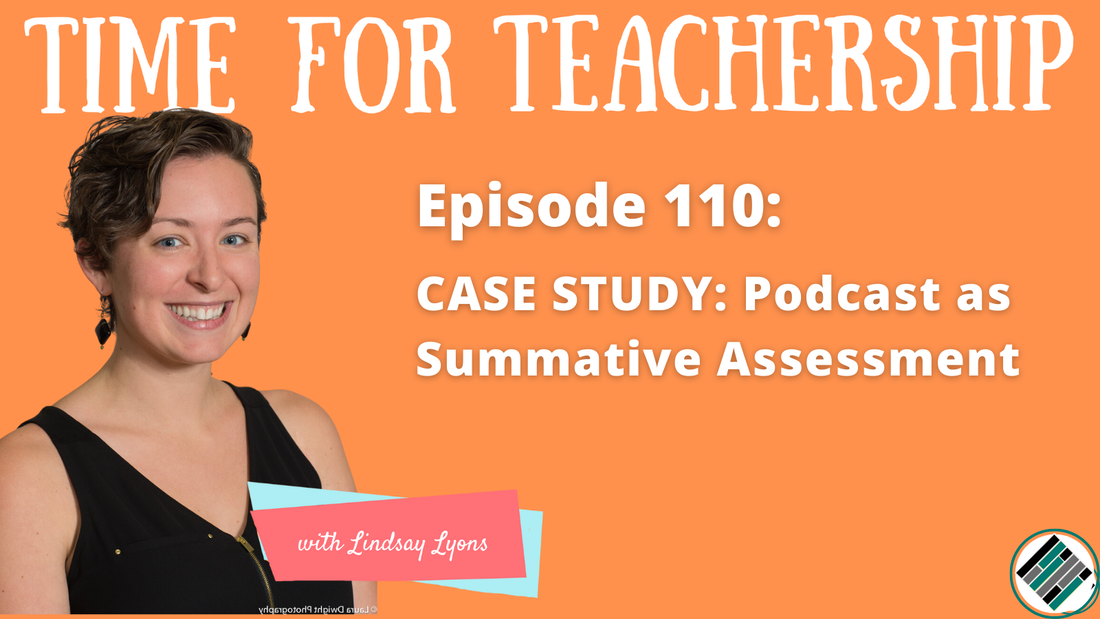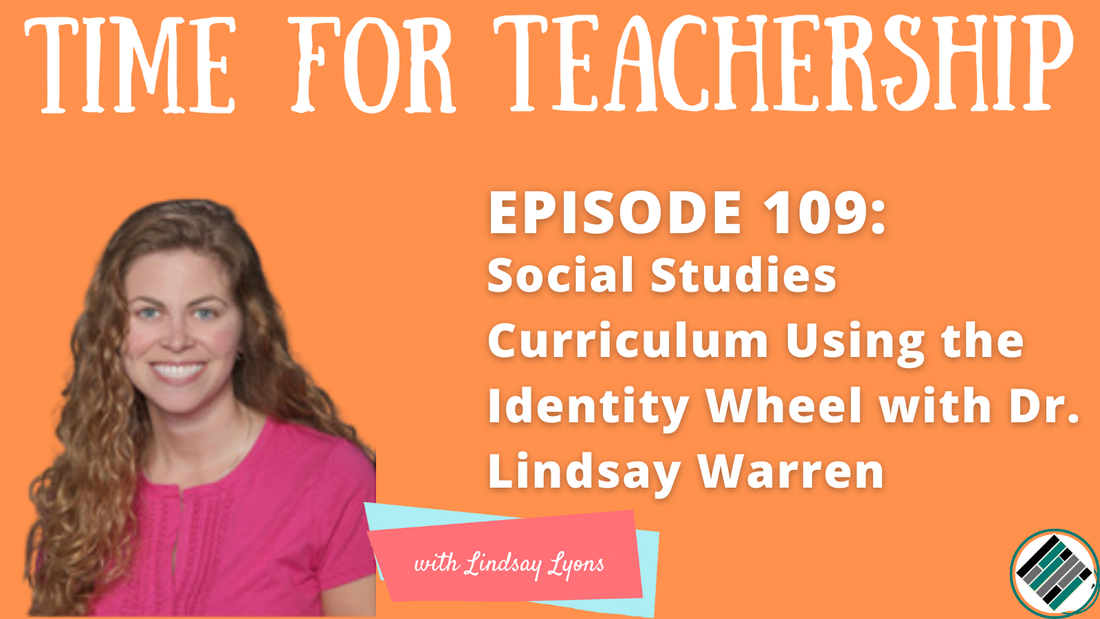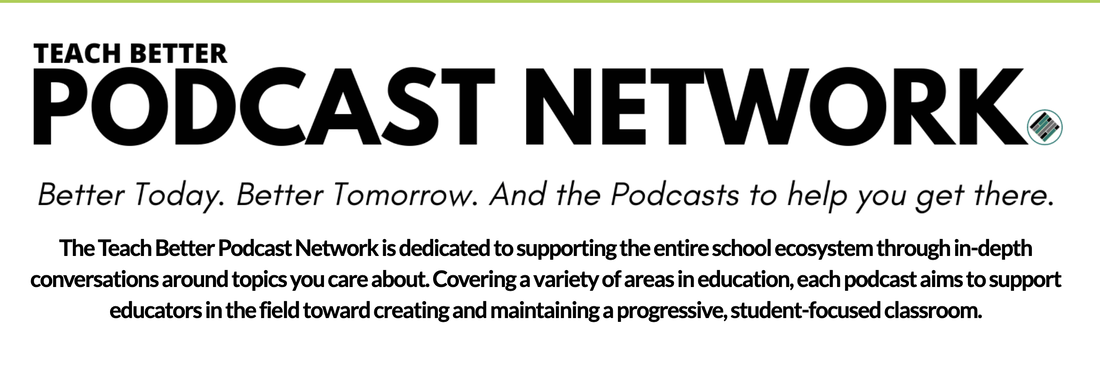|
Listen to the episode by clicking the link to your preferred podcast platform below:
In this episode, I’m thinking about the question: How can I better use a shift in language to connect with the districts, schools, instructional coaches, and teachers already doing this work? To meet the moment of new state civics requirements (which are happening in many states in the northeast—MA, NY, NJ—and I’m sure others), I want to help schools meet new state mandates and do justice-centered work! Civics is About Engagement as “Citizens” Concepts I love from the existing research… Justice-Oriented Citizens (Westheimer & Kahne, 2004) Justice-Oriented citizens “know how to examine social, political, and economic structures and explore strategies for change that address root causes of the problem”. There’s a critique of systems of oppression and action to fix them vs. “participatory citizenship” which is more volunteerism (Martell and Stevens, authors of Teaching History for Justice, say It’s the difference between holding a food drive and asking “Why are people hungry?”) Transformative Democratic Citizenship (Banks, 2017) As defined by Banks, this is “the ability to implement and promote policies, actions, and changes that are consistent with values such as human rights, social justice and equality.” Student Leadership (Lyons, Brasof, & Baron, 2020) “Students working collaboratively to affect positive change in their educational environments with support from adults and mechanisms in the school.” What is Justice (to me)? Justice allows all of us to be our full selves. It’s intersectional. There is a presence of a culture of positive peace that enables us all to thrive. Common Pitfalls We limit our work to an “add diversity and stir” approach. We get nervous about making a mistake and wait until something is perfect to act. We also view (and teach) change leadership as an individual endeavor instead of collective civic engagement. How do we support teachers to create really good Civics projects, units, and courses? Support teachers in all content areas (and in all grades) to design summative assessments that give students opportunities to apply whatever content they learned in a way that advances justice. Design PD experiences or staff meetings that enable all staff members to design civics projects that connect to their course content. How do we enable all students to practice civic engagement within our schools and districts? Meaningful opportunities for student leadership. Take a look at your school’s decision-making structures and make sure you have equitable student representation on all committees, including the leadership team. From the research: Mitra and Gross’s Student Voice Pyramid (2009) reflects three levels of student voice: listening to students, youth-adult partnership, and building capacity for student leadership. The earlier levels actually cause more turbulence than higher levels because students are invited to share concerns, but not encouraged to co-create solutions. Partnering with students and families is critical. Half measures (listening without partnering to take action) is not enough. Tips for Implementation Designing Civics Projects: Use department team meetings to align your state’s civics project standards to the department or summative assessment rubric. Help teachers and teams pick a publishing opportunity where student projects are shared. (This could be the school website or the school’s social media accounts.) Coach teachers to think about how to connect civic engagement projects to course content and also leave room for student voice. Student Leadership in Governance: Collect data on the student experience. You can do this through the SLCB Survey linked below or any of the various methods named in the book, Street Data. Invite students onto school committees. Audit these committees for representation (i.e., it’s not just one token student or all of the sports captains, students with straight A grades, or members of Student Council). Support and train students in the tools and skills they can use to be an effective representative for students. To help create space for student leadership in your school or district, I’m sharing my statistically validated Student Leadership Capacity Building survey with you for free. (Use this to measure student perceptions of leadership and civic engagement opportunities in the school!) As another resource, check out my 5-minute tutorial on How to Measure Equity and Student Voice to see how you can personalize the survey for your context. To learn more about the MA Civics Project requirements, I made this short video summary for you. And, if you’re looking for more details on the ideas in this blog post, listen to episode 112 of the Time for Teachership podcast. If you’re unable to listen or you prefer to read the full episode, you can find the transcript here. Quotes:
If you enjoyed this episode, check out my YouTube channel where I explain how to plan a lesson in 5 minutes:
0 Comments
Listen to the episode by clicking the link to your preferred podcast platform below:
Dr. PJ Caposey is the Illinois State Superintendent of the Year and a Finalist for the National Superintendent of the Year through the American Association of School Administrators. He’s a best-selling author, dynamic speaker, and a transformational leader and educator with an incredible track record of success. The Tension Between Pragmatism and Idealism + The Big Dream Dr. Caposey first poses the question: Is our purpose to design a system that absolutely best serves kids and gets them ready to be critical thinkers and contributors to ever-changing society and democracy or…are we designing schools to…be of service to society and the community and to support parents and to prepare kids for (the best that we can) for tomorrow? He believes geography shouldn’t determine a student’s access to high quality education. Student Agency Dr. Caposey does a senior exit interview with every senior. One result has been replacing all of the water fountains. Another result has been helping students see the behind-the-scenes realities of decision-making and the complexity given the rural district’s resource constraints. Currently, students may perceive their voice and impact in the school/district is limited to less consequential organizational decisions, but that they do have more agency in their own futures. Whatever a “student’s tomorrow” is, Dr. Caposey believes it’s their school’s job to get them there. Identity and Justice Conversations in a Predominantly White District Elementary teachers are less fearful. Our community is perceived as being unwilling to engage in these types of conversations. There’s a large difference in reacting to individual students than a justice or identity-based concept. Because when it’s a kid, it’s “Do what you need to do for the kid.” When it’s humanized, our community’s been pretty awesome. And we still tiptoe into justice-based conversations. Students of color have reported a different experience than white students in senior exit interviews. It feels harder to change the overall experience than to change a policy. In the last two presidential elections, half of the staff was in a day of mourning the day after (with different groups being in mourning each time). We have to have the conversations. It’s always a consideration of will we open a gaping wound if we just start the conversation and talk about this on one staff PD day? It feels scary to not feel like an expert in this area. It’s also important to consider who can facilitate a helpful conversation in our community. One Step to Get Started Talk to kids and figure out what their experience is. And if it’s fundamentally different [from what we want all students to experience], then we have to act. Stay Connected You can find this week’s guest on his website: www.pjcaposey.com and on most social media platforms @MCUSDSupe. To dig further into Dr. Caposey’s ideas and experiences, he’s sharing his popular TED Talk with you for free. And, if you’re looking for more details on the ideas in this blog post, listen to episode 111 of the Time for Teachership podcast. If you’re unable to listen or you prefer to read the full episode, you can find the transcript here. Quotes:
If you enjoyed this episode, check out my YouTube channel where I lead you through a series on unit design:
Listen to the episode by clicking the link to your preferred podcast platform below:
In this episode, we’re looking at one possible format for project-based summative assessments. As always, we’re focused on how this project format enables students to have a civic impact and an audience beyond the teacher. Why do a podcast as a summative assessment? Project-based learning. PBL classrooms have higher student engagement, student motivation to learn, student independence and attendance compared to traditional classrooms. Students using PBL understand the content on a deeper level and retain content longer. Also, PBL students perform as well or better on high-stakes tests than students in traditional settings (Buck Institute for Education’s research summary). Student Voice. Research has found students who engage in leadership activities, have demonstrated improved peer and adult relationships (Yonezawa & Jones, 2007); positive self-regard, feelings of competence, student engagement (Deci & Ryan, 2008) and academic performance (Mitra, 2004). What Feldman and Khademian (2003) call “cascading vitality,” can occur, where students inspire and empower others, lifting up students that may be experiencing structural, political, and/or social marginalization. What can I do to support my teachers with this? Leaders, host a content- and grade-agnostic professional development session with your staff so they can experience podcasting and plan how they might use this in their courses. Frame the session with these questions that staff can create a podcast on: What needs to change to make the world/your community more just? or What perspectives/experiences/topics does the world/your community need to hear? Invite staff to get into groups, choose an episode format (e.g., multiple segments, interview show, co-host banter), and a role for each group member. How to Support Teachers to Use Podcasts in their Courses: Step 1: Use podcasts as “texts” in lessons. Then, debrief the content AND the podcast format. Step 2: Offer a simple frame or steps for how to record. (e.g., Use phones to record audio.) Step 3: Give access to simple editing tools or edit for them (and ask the creators to tell you what goes where.) Step 4: Create a podcast or find an existing podcast on which students can publish their episodes (i.e., an authentic audience beyond the teacher!) Final Tips for Coaching Teachers to Use Podcasts Embed opportunities throughout the unit for audio recording. Example: Students record their voice answering each day’s exit ticket. Encourage staff members to visit other classes where they’re doing podcasting! To help you develop and facilitate a staff PD on podcasting, I’m sharing the slide deck I used in the podcasting conference session with you for free. And, if you’re looking for more details on the ideas in this blog post, listen to episode 110 of the Time for Teachership podcast. If you’re unable to listen or you prefer to read the full episode, you can find the transcript here. Quotes:
Eager to hear more about unit design and planning for success? Check this out below:
Listen to the episode by clicking the link to your preferred podcast platform below:
Dr. Warren’s philosophy of teaching is based on her educational experiences, starting with taking the AP test and realizing she didn’t know how to answer the questions about women. Her teacher said there wasn’t enough time. “[Teachers] have a lot of power to do good and also potential to do harm.” The Big Dream For all students to be seen. To get a more comprehensive history in front of students in an integrated, authentic way in which multiple identities and histories are woven throughout the entire course. “Not everyone is doing it in that authentic, holistic way. They’re doing it in a checkbox way. Maybe even our leadership is telling them to do it in a checkbox way.” The dream is for us to sit with truth and sit with joy. We can learn about who the people are that are making change happen and how they’re doing that. Alignment to the 4 Stages: Mindset, Pedagogy, Assessment, and Content Dr. Warren and her colleagues developed a curriculum and presented it to students to see if it met their needs and wants. They created an identity wheel that considers access to structural power for each identity group, which has been a helpful tool for students to grapple with these ideas. The vast majority of teachers and students are able to use this well. It’s led to beautiful, nuanced conversations. It’s designed for teachers to be able to use it to their comfort level. For example, it may be used to explore the identities and access to power for an author of a text like Ida B. Wells. The wheel works well to grapple with big essential questions like: Who is an American? Using primary sources to learn about U.S. History is a way to frame the conversation in truth and breaking down any myths students may have learned in younger grades. A Thematic Approach Teaching thematically has engaged Dr. Warren’s students through U.S. History I content, when the minutiae doesn’t feel very relevant to students. Each unit goes through the 100-year time period for the course (1820s-1920s) through different themes. Here are the themes Dr. Warren uses for U.S. I:
Unit Design Pieces Start with Questions: Course-long Essential Questions, Unit-specific EQ, and Guiding Questions Establish the historical context. Lesson-Level (Skill-Building) Protocols Include:
Summative Assessment Example: Annotated Bibliography (common assessment) paired with a Student-Led Research Project Mindset Shifts Required Make it authentic to your style and your classroom. Don’t allow your discomfort to get in the way of what your students need. We are adults. We will survive being sweaty. Ask yourself: How can I make more of my students feel seen? What do they really need when they leave my classroom? Ask your students: How do you learn best? One Step to Get Started Trust students with difficult things. Give students opportunities to reflect in writing and verbally. Stay Connected You can find Dr. Warren on LinkedIn. To help you design curriculum and instruction that centers historically marginalized identities, Dr. Warren is sharing her Identity Wheel with you for free. And, if you’re looking for more details on the ideas in this blog post, listen to episode 109 of the Time for Teachership podcast. If you’re unable to listen or you prefer to read the full episode, you can find the transcript here. Quotes:
If you enjoyed this episode, check out my YouTube channel where I lead you through a series on unit design:
|
Details
For transcripts of episodes (and the option to search for terms in transcripts), click here!
Time for Teachership is now a proud member of the...AuthorLindsay Lyons (she/her) is an educational justice coach who works with teachers and school leaders to inspire educational innovation for racial and gender justice, design curricula grounded in student voice, and build capacity for shared leadership. Lindsay taught in NYC public schools, holds a PhD in Leadership and Change, and is the founder of the educational blog and podcast, Time for Teachership. Archives
May 2024
Categories |





 RSS Feed
RSS Feed